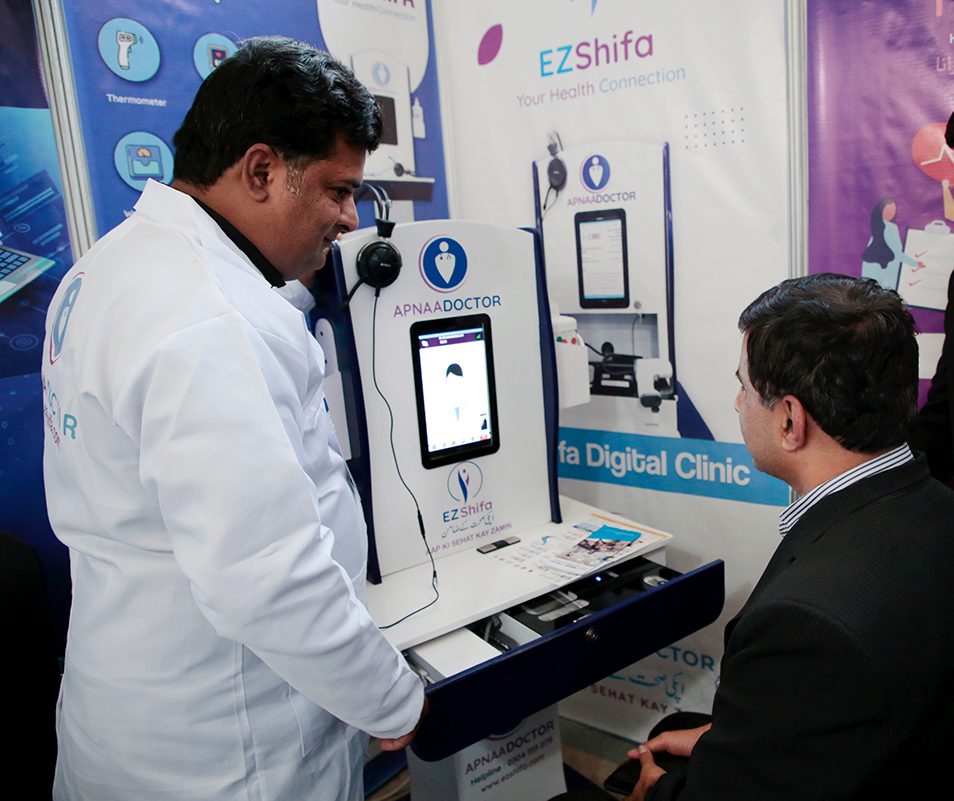The Future of E-Learning: Trends and Innovations in Digital Education
The Future of E-Learning: Trends and Innovations in Digital Education The world of education is evolving rapidly, and digital learning is at the forefront of this transformation. E-learning has emerged as an indispensable tool, especially following the global shift toward remote learning during the COVID-19 pandemic. However, the future of e-learning goes beyond mere online classes and educational videos. The integration of advanced technologies like Artificial Intelligence (AI), Virtual Reality (VR), and data analytics is reshaping how students learn and teachers teach. This article delves into the latest trends and innovations in digital education and how they are shaping the future of learning. 1. The Rise of Personalized Learning with AI 1.1 AI-Driven Personalized Learning One of the most significant innovations in e-learning is the application of AI to create personalized learning experiences. AI-driven systems analyze each student’s learning habits, strengths, and weaknesses to tailor educational content accordingly. Unlike traditional classroom settings, where all students follow the same curriculum, AI allows for adaptive learning paths that cater to individual needs. For example, platforms like Squirrel AI and DreamBox use machine learning algorithms to monitor a student’s progress and adjust lessons in real-time. This level of customization ensures that learners receive content suited to their pace and skill level, leading to more efficient learning outcomes. 1.2 Intelligent Tutoring Systems AI has also enabled the development of Intelligent Tutoring Systems (ITS). These systems simulate the role of a human tutor, providing immediate feedback, answering questions, and guiding students through complex concepts. Unlike traditional online courses, ITS offers interactive and personalized assistance, making learning more engaging and effective. 2. Virtual Reality and Augmented Reality in Education 2.1 Immersive Learning Environments Virtual Reality (VR) and Augmented Reality (AR) are revolutionizing the way students experience education. VR allows learners to enter fully immersive environments, enabling them to explore concepts and ideas in a highly interactive way. For instance, medical students can practice surgical procedures in a 3D environment, while history students can virtually visit ancient civilizations. This technology goes beyond simple videos or simulations, offering students a hands-on experience without the physical constraints of traditional labs or classrooms. Companies like ClassVR and zSpace are already developing VR-based educational tools that allow learners to interact with virtual objects, improving understanding and retention. 2.2 AR for Interactive Learning On the other hand, AR overlays digital information onto the physical world, making it an excellent tool for interactive learning. AR applications, such as Google Lens and Microsoft HoloLens, are being used to create interactive textbooks and classroom activities. A student studying biology, for example, can use AR to view 3D models of organs and systems in real-time, enhancing comprehension and engagement. 3. Gamification in E-Learning 3.1 Game-Based Learning Gamification involves integrating game elements like points, badges, and leaderboards into educational content to make learning more engaging. By turning lessons into interactive challenges, e-learning platforms can increase motivation and participation among students. Platforms such as Kahoot! and Duolingo have successfully adopted game-based learning methods to enhance user engagement. By rewarding learners for completing tasks and encouraging friendly competition, gamification boosts both learning outcomes and retention rates. 3.2 Simulations and Serious Games Beyond simple games, simulations and serious games are becoming valuable tools for e-learning. These digital environments allow students to apply theoretical knowledge in simulated real-world scenarios. For instance, business students can participate in virtual stock trading or project management simulations, learning crucial skills in a controlled, risk-free setting. 4. Microlearning and Bite-Sized Education 4.1 The Shift to Shorter Lessons The traditional model of lengthy lectures and courses is gradually being replaced by microlearning, where information is broken down into small, digestible segments. This shift caters to today’s learners who prefer quick, concise content they can consume on the go. Whether it’s through short video tutorials, infographics, or quizzes, microlearning helps students retain information better by focusing on key points. 4.2 Mobile Learning and On-Demand Content The rise of smartphones and mobile apps has made learning more accessible than ever before. Mobile learning apps such as LinkedIn Learning and Coursera are designed for users who want to learn at their own pace, often in short bursts. These platforms offer flexibility, allowing students to learn anytime, anywhere, making education more convenient and inclusive. 5. Data-Driven Learning and Analytics 5.1 Learning Analytics With the integration of big data and analytics, e-learning platforms can now track student progress, engagement levels, and learning outcomes in real-time. This data provides invaluable insights into how students are performing and where they may need additional support. Learning analytics allow educators to personalize content, identify knowledge gaps, and even predict student performance. For example, systems like Brightspace and Blackboard use analytics to monitor student activity and provide educators with actionable insights to improve course delivery. 5.2 Predictive Analytics for Improved Outcomes Predictive analytics, a subset of data analytics, uses historical data and machine learning algorithms to predict future performance. In education, this can help identify students at risk of dropping out or struggling with specific subjects. Early intervention based on predictive analytics can significantly improve learning outcomes and help educators provide targeted support to students. 6. Collaborative Learning and Social Platforms 6.1 Virtual Collaboration Tools Collaboration is a key element of modern education, and e-learning platforms are making it easier for students to work together, even remotely. Tools like Microsoft Teams, Slack, and Google Classroom offer collaborative features like shared documents, group projects, and real-time communication, enhancing the learning experience. These tools foster a sense of community and peer-to-peer interaction, which is essential for subjects that require group work or discussion-based learning. 6.2 Social Learning Networks Social learning networks such as Edmodo and OpenStudy are becoming increasingly popular, allowing students and educators to connect and share knowledge. These platforms create communities where learners can engage in discussions, ask questions, and collaborate on projects, blurring the lines between formal and informal education. 7. The Role of Blockchain in E-Learning 7.1 Secure Credentialing and Certification Blockchain technology is being explored as a means of securely storing and verifying











